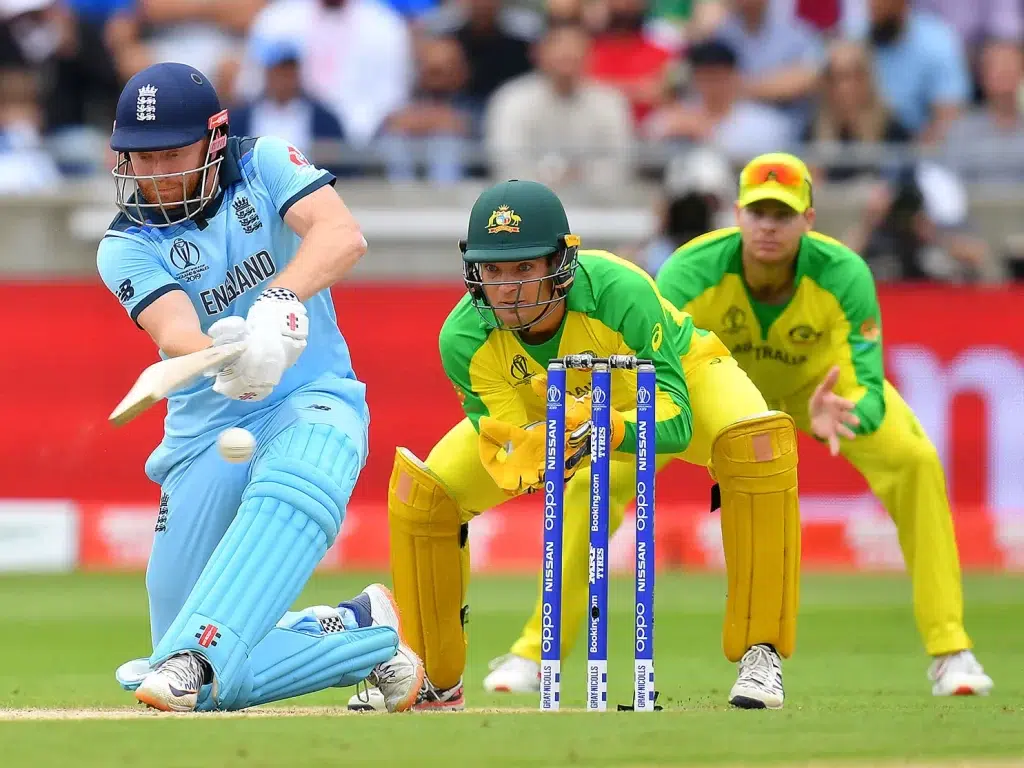On a warm summer day in most cities, towns, and villages across the United Kingdom, you will not be far from a cricket match. You will see a batsman, usually with a helmet, pads and a bat attempting to hit the ball delivered by the bowler and 10 other men run after the leather ball in the aim to catch it or stop the batsman scoring runs.
You may already be familiar with the sport of Cricket as cricket matches are played not only in England, but around the world in countries such as Australia, India, South Africa & the Caribbean. But how did cricket become a global sport?
The answer can be traced back to the impact of British imperialism (empire building) throughout the nineteenth and twentieth centuries. Britain’s imperialist skirmishes led to much bloodshed in Africa, India, Asia, and many others in search of global rule. Aside from the bloodshed thrust upon these regions, the British imposed on the people, British rule, imprisonment, law, mannerisms, culture & sport. Of these sports, the one with the most significance was cricket.
In cricket, one team bats while the other team fields and bowls. Historically, the batsmen were the highest ranked people in society and the poorer players and labourers would bowl. This is because of the energy it takes to bowl, against the easier, less demanding role of batting. Therefore, the colonised (the working class) would be bowling against the colonizers (the upper class). The matches soon started to be played for money and for social status. The better a cricketer became, the more famous they became in the area, the country or within the British Empire. So much so that in the early twentieth century, when the radio was introduced, people would listen to matches being played and broadcast across the British Empire. Cricket was a sport played throughout the Empire and was played by all classes of society (and continues to be to this day). Mahatma Ghandi was concerned that cricket matches between Muslims and Hindus would inflame religious passions, as well as other troubles, and he was not wrong.
As the British Empire was dismantled, the countries that were previously colonised gained their independence from Britain (early 20th Century) and became part of the Commonwealth. Cricket had become an extremely popular sport within these nations; India, South Africa, Pakistan and the Caribbean. However, after obtaining their respective independence, not all was as calm as it appears now. Severe historical religious hatred and conflict between two nations, India and Pakistan, has caused the lack of cricket played between the sides, most recently since the Mumbai terrorist attacks in 2008, as Ghandi had predicted. When the Sri Lankan cricket team toured Pakistan in 2009 they were attacked by gunmen, resulting in 6 players being wounded. The Sri Lankans also experienced trouble in New Zealand during a terrorist attack in Christchurch, 2019.
In South Africa, under the government’s Apartheid regime, only white players were allowed to represent the country, and the national team was banned from playing other countries from 1970 until 1991, at the time of Nelson Mandela (and the end of the Apartheid regime), when finally, black cricketers were selected to play for South Africa. West Indies – once the best team in the world became titled the Worst Indies following disputes over the salary the government would pay their national players in the early 21st Century. Australia and England play matches regularly in the battle of the ‘Ashes’ since Australia overcame England in 1882 and the match was described the ‘death of English cricket’. The ‘Ashes’ cricket fixture sees extremely heated matches with passions running high between players and spectators in England and Australia.
Nevertheless, despite the violence associated with the British Empire and the subsequent global events affecting the former colonised countries, cricket remains popular throughout the world and is watched by millions. None more so than the short format of cricket – 20/20 – staged at big money tournaments held in India, Australia and Pakistan annually. It is a sport played by millions and the national sport for many countries with cricketers becoming ‘god like figures’ in South Asia. In fact, one ex-Pakistani cricket, Imran Khan, was recently elected Prime Minister of his country due to his popularity and presence brought to him through cricket to the global scene.
Despite its popularity globally, in America and Japan (areas that the British failed to colonise), we see the popularity of baseball as a sport, not cricket. Baseball is very similar to cricket as you have a pitcher and a hitter (some say they copied cricket but put their own twist on it). Cricket however, is, slowly, becoming more popular in these countries, but has a long way to go to overtake baseball! Similarly, China and Russia were never fully invaded by the British during their quest for global reign, which is why cricket is not a popular sport.
I hope you have found this blog interesting and if you have any questions, about Cricket, History or the History of Sport, feel free to come and find me.
Sam
Head of Marketing & Admissions
(Image source: https://www.britannica.com/sports/cricket-sport)



